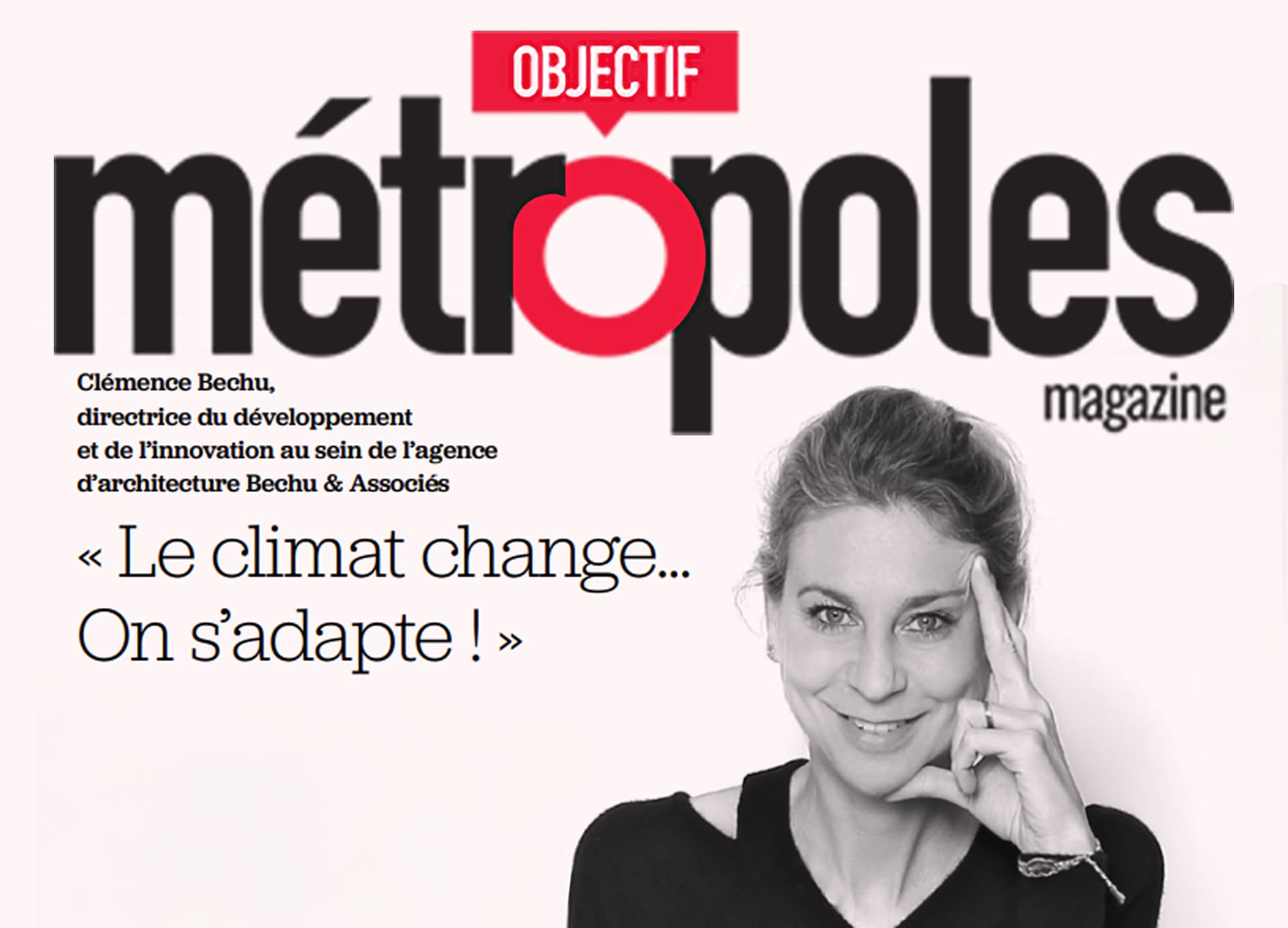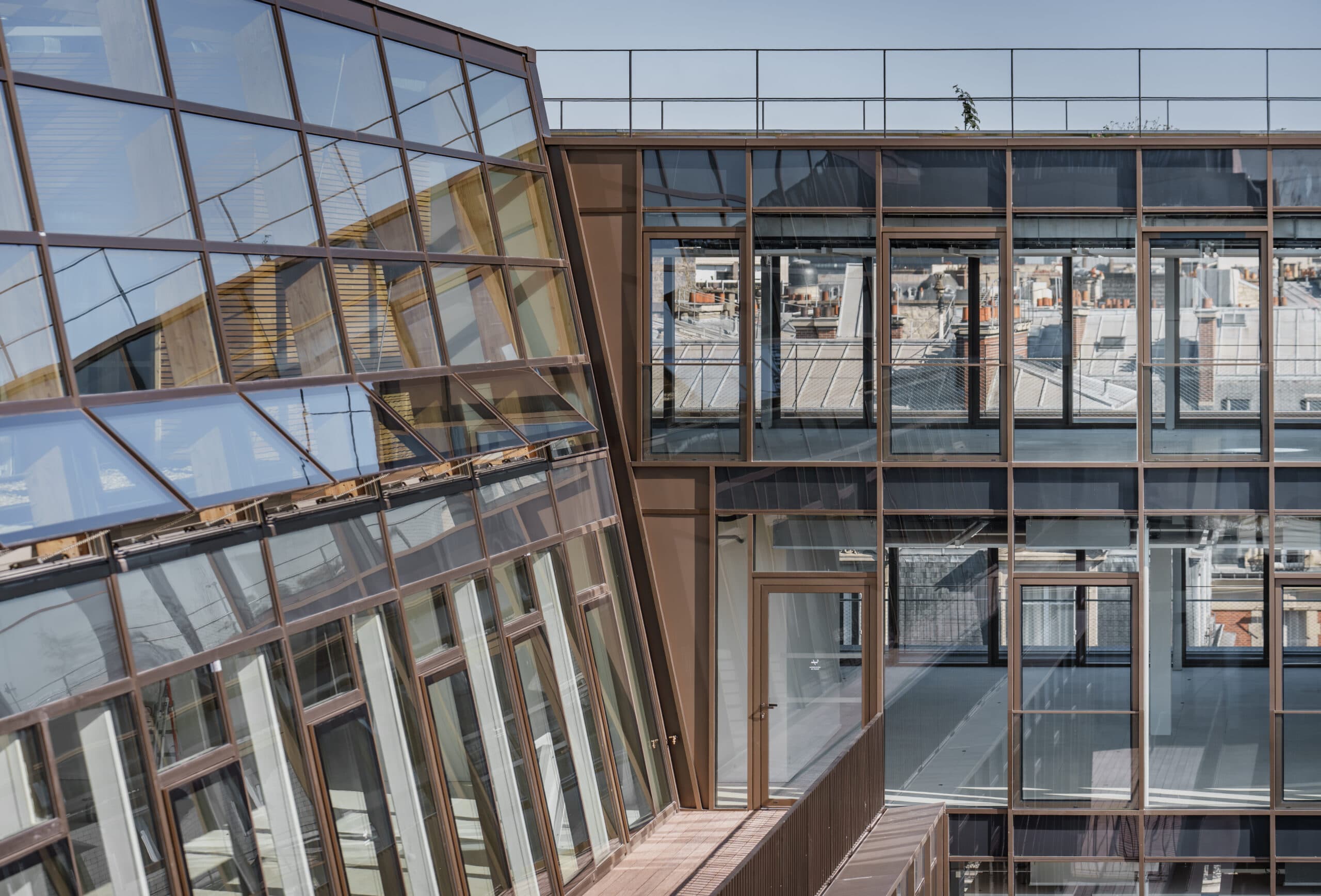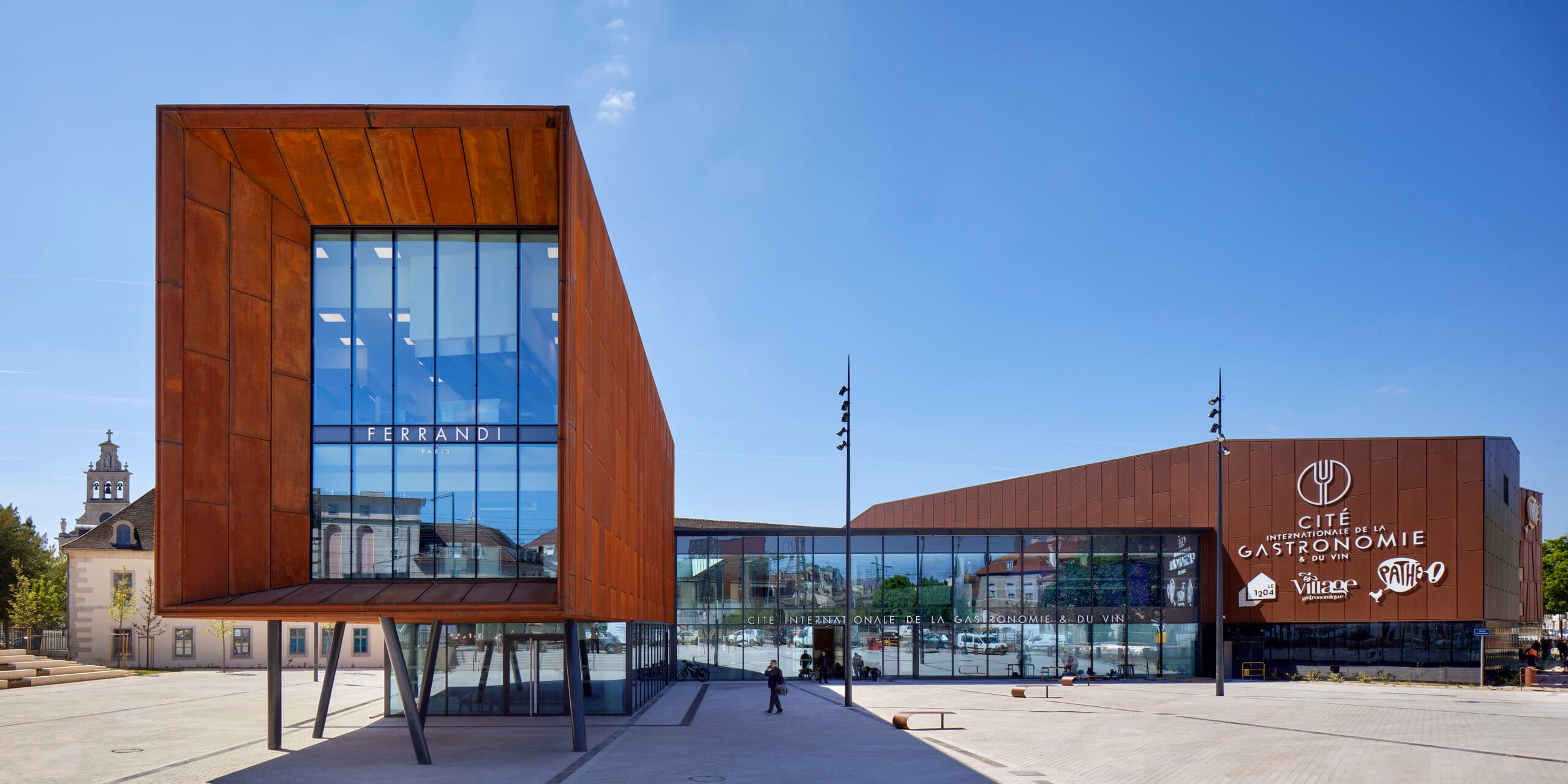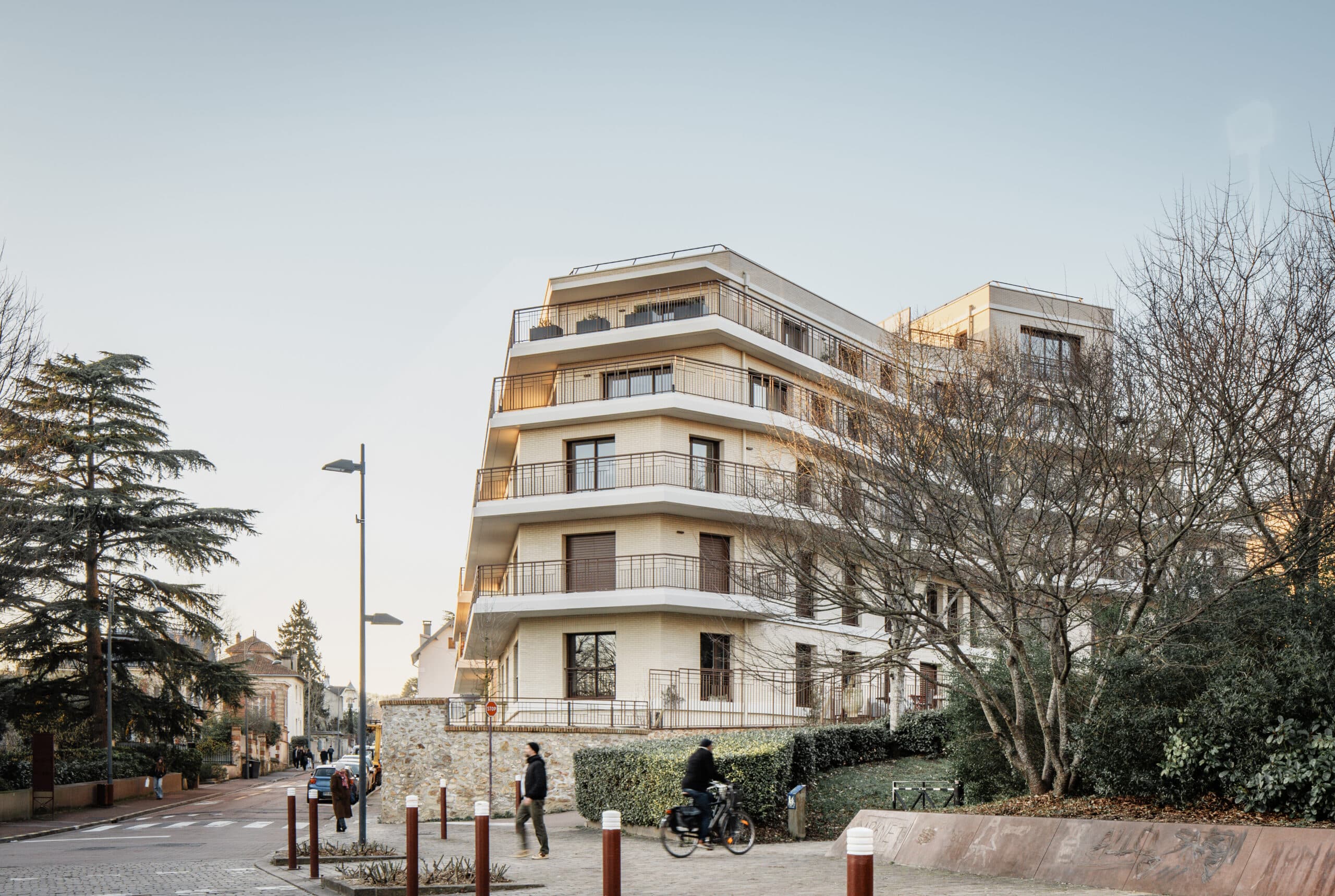New section Objectif Métropoles "When adaptation takes precedence over mitigation"
"After 2050, will a perfectly adapted urban territory still need to worry about its carbon emissions?"

When adaptation takes precedence over mitigation

Achieving carbon neutrality by 2050 is an unprecedented challenge for humanity. The task is immense, and the inertia of change considerable: infrastructures, consumption habits, and environmental policies require time to evolve. This is why the IPCC scenarios primarily project beyond 2050. In this context of accelerating climate change, it is essential to strengthen adaptation strategies to address the public health and economic challenges it entails.

Adaptation: a natural driver for emission reduction
Adaptation and mitigation are two complementary action levers. While one yields results in the short to medium term, the other demonstrates its impacts only in the long term.
Interdependent, adaptation is an immediate response to already perceptible changes, while mitigation aims to limit the worsening of these changes. Well-conceived adaptation reduces vulnerability while minimizing the carbon footprint, thus indirectly contributing to mitigation. Faced with this observation, a deliberately provocative question arises: after 2050, will a perfectly adapted urban territory still need to worry about its carbon emissions? In theory, no. Successful adaptation relies on complete integration within the ecosystem, promoting the circular economy. A territory in symbiosis with its environment optimizes its resources, minimizes energy losses, recycles materials, and thereby reduces its carbon impact.
Rethinking urbanization
But what about the reality? Projection of a post-2050 scenario where mitigation challenges would be reconsidered thanks to perfectly successful and truly innovative adaptation.
We are in 2050 in Écopole, a metropolis of 39 municipalities and 450,000 inhabitants, which has become a benchmark in adaptation thanks to the adoption of an ambitious and pioneering strategy. Since the beginning of the 21st century, the city has been subject to extreme temperature variations and intense weather phenomena, such as prolonged heatwaves and recurrent floods. Additionally, Écopole has experienced rapid demographic growth, attracting many households from major metropolises to cities of a more human scale with easier access to nature. This increased pressure on infrastructure has led to the redefinition of more sustainable urbanization to protect residents and their ecosystem. The recognition of climate impact on a country's organization also prompted Écopole to accelerate its transition.
Faced with the record global temperature rise in 2024—June being the hottest month ever recorded—resulting in dramatic human and economic consequences, Écopole realized that the physical rules of climate change surpass economic imperatives. For instance, India experienced a sharp slowdown in its growth, losing nearly one point compared to previously optimistic forecasts. Experts unanimously agreed that intense heatwaves—close to 50°C—were largely responsible. Forecasts indicated that beyond human lives, these heatwaves would cost India more than $100 billion per year by 2030, representing 2.7% of India's annual GDP. Fearing it might follow the same trajectory on its own scale, Écopole sought to rethink its seemingly finite economic model by changing paradigms: adapting its economy to the rules of physics.
A metropolis at the forefront
To implement changes impacting daily life and recognizing the positive momentum of the "B-Corp" movement for the environmental and societal transition of businesses, Écopole has decided to become a pioneering territory in this approach.
In 2028, it became the first metropolis in the world to be certified "B-Met," with "Met" standing for "Metropolis" and "B" signifying "Benefit for all." By collaborating with experts in climatology and urban planning, the metropolis developed innovative environmental policies and adaptation plans, supported by investments in sustainable technologies and resilient infrastructures. Additionally, citizen engagement and dynamism were boosted through a shared digital platform that regularly reported on the impacts of climate change and the benefits achieved through each measure.
The impact measurement was carried out using a revolutionary indicator: the Climate Return Rate (CRR). This metric extended beyond purely economic values to include a series of extra-financial indicators, such as citizen engagement in action, avoided carbon emissions, and mitigation measures that, over time, naturally merged with adaptation at the local level. The CRR enabled the city to precisely track the climate and societal benefits of its initiatives, thereby reinforcing its transition toward a more circular and frugal economy.
To achieve this unprecedented result, two major levers were activated. First, education, as one of the most significant barriers to change lies in ignorance. Écopole implemented large-scale awareness policies, particularly targeting children. This initiative helped eliminate years of climate illiteracy by providing each generation with scientific tools to understand the challenges while offering perspectives on the opportunities a green economy can provide.
Second, the cost of inaction was offset by new taxes, while every action recorded in the app earned green points that could be redeemed for sobriety bonuses or baskets of fresh produce. Waste sorting, energy and water savings, and active participation in soft densification measures with scientifically proven positive impacts—all forms of engagement were rewarded.



